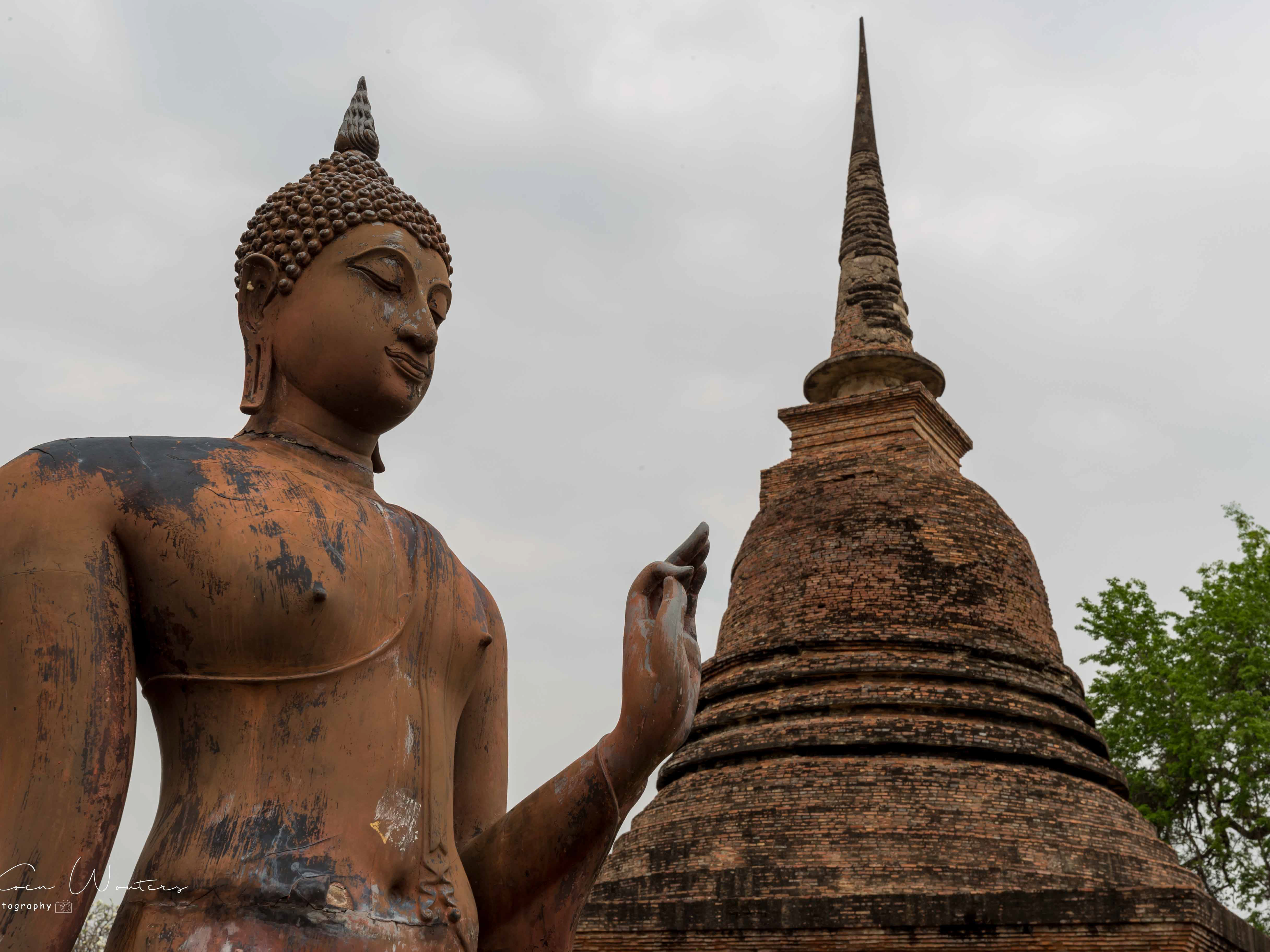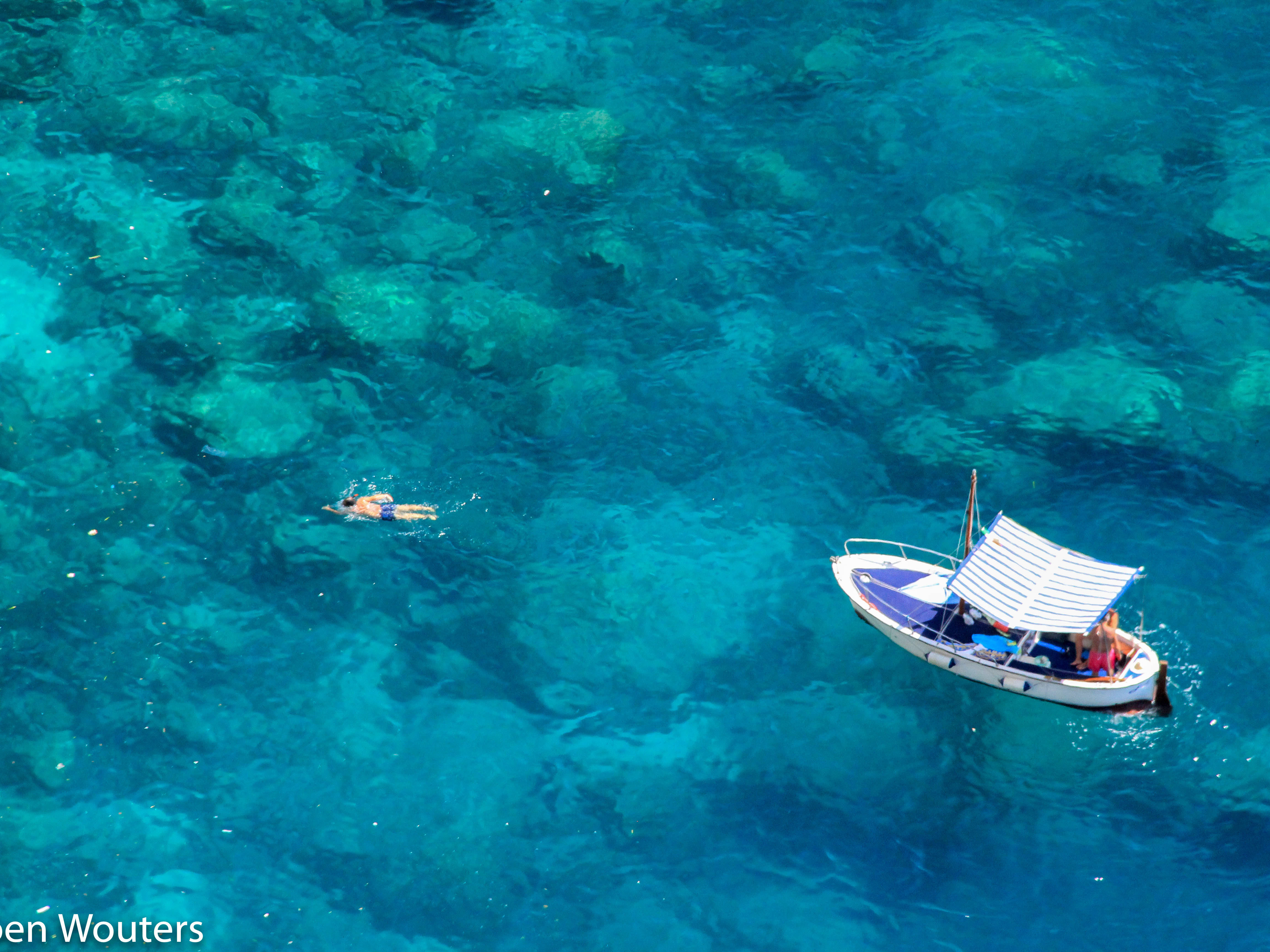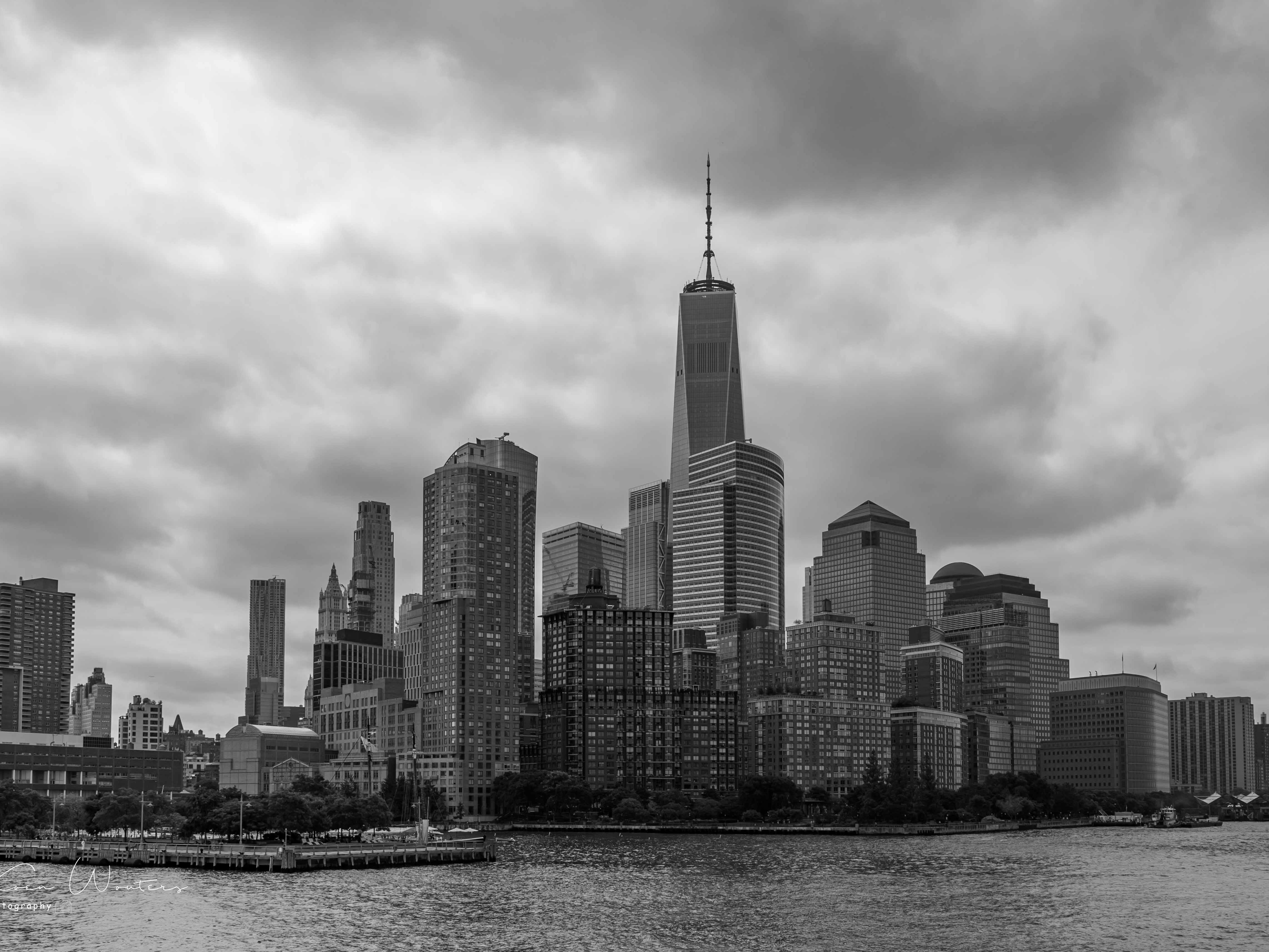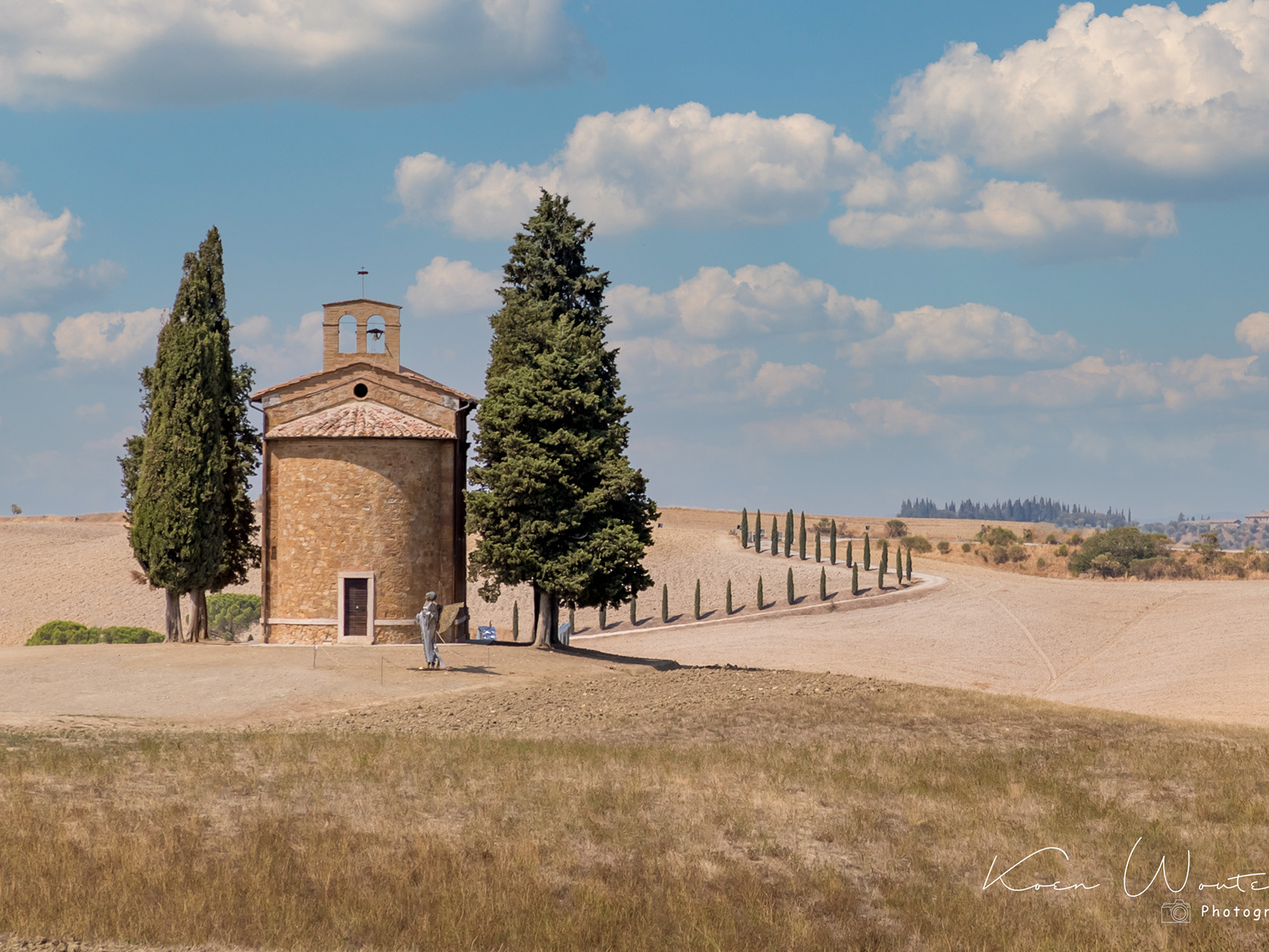Tango in the morning...
Floralis Genérica is a sculpture made of steel and aluminum located in Plaza de las Naciones Unidas, Avenida Figueroa Alcorta, Buenos Aires, a gift to the city by the Argentine architect Eduardo Catalano. Catalano once said that the flower "is a synthesis of all the flowers and, at the same time, a hope reborn every day at opening.” It was created in 2002. The sculpture was designed to move, closing its petals in the evening and opening them in the morning.
Buonos Aires - Casa Rosada
The emblematic pink governmental palace. Dominating the Plaza de Mayo, the Casa Rosada - or pink house - is the seat of the Argentine national government and houses the president's office.
Evita spoke to the crowds from the balcony of the Casa Rosada
The streets of Buenos Aires.
Buenos Aires - Woman's Bridge
The Puente de la Mujer (Spanish for "Woman's Bridge") is a rotating footbridge for Dock 3 of the Puerto Madero commercial district of Buenos Aires, Argentina.
Buenos Aires - Woman's Bridge - ready to dance the tango in the streets.
The Obelisco de Buenos Aires is a national historic monument and icon of Buenos Aires. Located in the Plaza de la República in the intersection of avenues Corrientes and 9 de Julio, it was erected in 1936 to commemorate the quadricentennial of the first foundation of the city,
Its height is 67.5 metres and 63 metres of these are up to the initiation of the apex, which is 3.5 by 3.5 meters,
Buenos Aires - Wildlife in the city
Recoleta is a barrio or neighborhood of Buenos Aires, Argentina, located in the northern part of the city, by the Río de la Plata. The area is perhaps best known to be the home of the distinguished Recoleta Cemetery. It is a traditional upper-class and conservative neighborhood with some of the priciest real estate in the city, known for Paris-style townhouses, lavish former palaces and posh boutiques.
La Recoleta Cemetery is a cemetery located in the Recoleta neighbourhood of Buenos Aires, Argentina. It contains the graves of notable people, including Eva Perón, presidents of Argentina, Nobel Prize winners, the founder of the Argentine Navy, and military commanders such as Julio Argentino Roca.
María Eva Duarte de Perón, (née María Eva Duarte; 7 May 1919 – 26 July 1952), better known as just Eva Perón or by the nickname Evita, was an Argentine politician, activist, actress, and philanthropist who served as First Lady of Argentina from June 1946 until her death in July 1952, as the wife of Argentine President Juan Domingo Perón (1895–1974). She was born in poverty in the rural village of Los Toldos, in the Pampas, as the youngest of five children. In 1934, at the age of 15, she moved to the nation's capital of Buenos Aires to pursue a career as a stage, radio, and film actress.
GRAL. José de San Martín is regarded as one of the fathers of Argentina and liberators of South America, having led the fight against the Spanish to gain the independence of Argentina, Chile and Peru.
San Martín was born in Yapeyú and completed his military studies in Spain, where he fought against Napoleon. When he returned to Argentina he founded the Regimiento de Granaderos a Caballo and commanded the army in the north. He organized the army of Los Andes and arranged what seemed an impossible task: to cross the Cordilleras de Los Andes—one of the biggest mountain chains in the world with very hard conditions—into Chile and fight the Spanish army there. He then headed to Lima to declare the independence of Perú in 1821 and joined Simón Bolívar in the famous Interview of Guayaquil.
Iguazú Falls are waterfalls of the Iguazu River on the border of the Argentine province of Misiones and the Brazilian state of Paraná. Together, they make up the largest waterfall system in the world. The Iguazu River forms the border between Argentina and Brazil.
The name Iguazú comes from the Guarani or Tupi words "y", meaning "water", and "ûasú ", meaning “big".
Legend has it that a deity planned to marry a beautiful woman named Naipí, who fled with her mortal lover Tarobá in a canoe. In a rage, the deity sliced the river, creating the waterfalls and condemning the lovers to an eternal fall. The first European to record the existence of the falls was the Spanish Conquistador Álvar Núñez Cabeza de Vaca in 1541,
Iguazu Falls - Devils Throat.
About half of the river's flow falls into a long and narrow chasm called the Devil's Throat (Garganta del Diablo in Spanish).
The largest falls are named San Martín.
The Two Sisters.
Point where 3 countries meet: picture taken from the Argentina side across the Iguazu, there is Brazil.
The bridge connects Brazil with Paraguay.
Salta
Salta, city, capital of Salta provincia, northwestern Argentina. It lies in the irrigated Andes Mountains valley of Lerma, on a headstream of the Salado River.
It was founded in 1582 as San Felipe de Lerma by Hernando de Lerma, governor of Tucumán. The Spanish royal forces were defeated at Salta (1813) during the Argentine War of Independence and capitulated to General Manuel Belgrano there.
San Franciscus Church - Salta
Spanisch colonial style
Salta Cathedral is a Roman Catholic cathedral in Salta, Argentina. The church serves as the seat and the metropolitan cathedral of the Archbishop of Salta. The cathedral is dedicated to Jesus Christ as the “Lord of Miracles” and the Blessed Virgin Mary as the “Our Lady of the Miraculous Rosary”.
A celebration on June 17 honours General Martín Güemes, a gaucho leader who opposed the Spanish in 1814–21.
Martín Miguel de Güemes (8 February 1785 – 17 June 1821) was a military leader and popular caudillo who defended northwestern Argentina from the Spanish royalist army during the Argentine War of Independence.
Cerro de los Siete Colores (The Hill of Seven Colors) is one of the hills bordering the Quebrada de Purmamarca which is in turn is a western branch of the Quebrada de Humahuaca up to Cuesta del Lipán, in Jujuy Province, Argentina.
Its unique color range is the product of a complex geological history including marine sediments, lake and river movements elevated with the movement of the tectonic plates.
Aside from the commonly known name this colorful hill carries, the locals of the town of Purmamarca also refer to it as the Hill of the Seven Skirts. This is an unofficial name, and not many people other than those who live here refer to it this way. The reasoning behind this second name is because of the resemblance between the colors on the hill and that of the traditional, long skirts worn by Andean women.
Paleta del Pintor
The majestic Andean Condor
The Andean condor (Vultur gryphus) is a South American New World vulture and is the only member of the genus Vultur. It is found in the Andes mountains and adjacent Pacific coasts of western South America. With a maximum wingspan of 3.3 m (10 ft 10 in) and weight of 15 kg (33 lb), the Andean condor is one of the largest flying birds in the world, and is generally considered to be the largest bird of prey in the world.
Capilla San Rafael - Cachi
Gaucho Argentino.
The gaucho is more than just a cowboy. This Argentine way of life has existed for three centuries,
The guanaco is a camelid native to South America, closely related to the lama. Guanacos are one of two wild South American camelids; the other species is the vicuña, which lives at higher elevations.
Cafayate - land of the great wines
Quebrada de las Conchas - Mirador Los Castillos
Quebrada de las Conchas - "The window"
Quebrada de las Conchas - El Anfiteatro
El Anfiteatro
(artistic interpretation - IA applied on own material)
Quebrada de las Conchas
Quebrada de las Conchas - Garganta del Diablo
El Calafate airport, what a place to arrive.
Lago Argentino was also the name of the airport that served the area until 2000. This airport is currently closed, and its runway was incorporated into the city's road system. It has been replaced by Comandante Armando Tola International Airport as seen in above picture, which serves the town of El Calafate and Lago Argentino with many daily national and international flights.
Ushuaia - The Beagle channel
Beagle Channel is a strait in the Tierra del Fuego Archipelago, on the extreme southern tip of South America between Chile and Argentina. The channel separates the larger main island of Isla Grande de Tierra del Fuego from various smaller islands including the islands of Picton, Lennox and Nueva; Navarino; Hoste; Londonderry; and Stewart.
The channel's eastern area forms part of the border between Chile and Argentina and the western area is entirely within Chile.
The Beagle Channel, the Straits of Magellan to the north, and the open-ocean Drake Passage to the south are the three navigable passages around South America between the Pacific and Atlantic Oceans. Most commercial shipping uses the open-ocean Drake Passage.
The Beagle Channel is about 240 kilometres long and 5 kilometres wide at its narrowest point.
Statue of San Martin in Ushuaia
Ushuaia, what a special place
Bahia Lapataia in NP Tierra del Fuego
Fishing in Tierra del Fuego
Lake Acigami
"It has been a rough day"
The Magellanic penguin is a South American penguin, breeding in coastal Patagonia, including Argentina, Chile, and the Falkland Islands, with some migrating to Brazil and Uruguay, where they are occasionally seen as far north as Espirito Santo.
Magellanic penguins are medium-sized penguins which grow to be 61–76 cm tall and weigh between 2.7 and 6.5 kg. The males are larger than the females, and the weight of both drops while the parents raise their young. Magellanic penguins can live up to 25 years in the wild, but as much as 30 years in captivity.
The southern rockhopper penguin is a species of rockhopper penguin, that is sometimes considered distinct from the northern rockhopper penguin. It occurs in subantarctic waters of the western Pacific and Indian Oceans, as well as around the southern coasts of South America.
" I told you to be home at 9 pm and you did not listen ..."
" I am sorry,,,"
Rock cormorants
Les Eclaireurs Lighthouse is a slightly conically shaped lighthouse standing on the northeasternmost island of the five or more Les Eclaireurs islands, which it takes its name from, 5 nautical miles (9 km) east of Ushuaia in the Beagle Channel, Tierra del Fuego, southern Argentina.
The brick-built tower is 11 metres high and 3 metres wide at the base, with its windowless wall painted red-white-red and topped by a black lantern housing and gallery. The light is 22.5 metres above sea level emitting white flashes every ten seconds with a range of 7.5 nautical miles (13.9 km). The lighthouse is still in operation, is remote-controlled, automated, uninhabited and is not open to the public, guarding the sea entrance to Ushuaia. Electricity is supplied by solar panels. The lighthouse was put into service on December 23, 1920.
Sea lions
Expedition to Antarctica, only 1000 km away from Ushuaia
"Confidential meeting"
The black-browed albatross is a medium-sized albatross, at 80 to 95 cm long with a 200 to 240 cm wingspan and an average weight of 2.9 to 4.7 kg. It can have a natural lifespan of over 70 years.
A dream come true to see the albatros,..
Patagonia a place of beauty
The Perito Moreno Glacier is a glacier located in Los Glaciares National Park in southwest Santa Cruz Province, Argentina.
The 250 km2 ice formation, 30 km in length, is one of 48 glaciers fed by the Southern Patagonian Ice Field located in the Andes system shared with Chile which has a small part of the origins of the glacier.
This ice field is the world's third largest reserve of fresh water.
The Perito Moreno Glacier, located 78 kilometres from El Calafate, was named after the explorer Francisco Moreno, a pioneer who studied the region in the 19th century and played a major role in defending the territory of Argentina in the conflict surrounding the international border dispute with Chile.
Perito Moreno made a big impression,a sighting we will never forget. I decided to make my dreamy interpretation of what was a day to remember.
When zooming ion into the glacier, it looks just like a painting.
Boca de Diablo (Devil's Mouth) to reach the Upsala Channel.
Los Glaciares National Park is a national park in Argentina. The park is located in an area also known as the Austral Andes, in the southwest of Santa Cruz province and on the border with Chile.In the park we find mountains, lakes, forests and enormous glaciers. To the west lies part of the Andes, buried under snow and ice. The Patagonian steppe lies to the east.The park owes its name to the fact that there are several glaciers in this area. About 30% of this park consists of an ice field, the largest outside Antarctica and Greenland. There are 47 major glaciers, 13 of which move eastward. In addition, there are about 200 small glaciers.
Glacier Seco
Whilst not the biggest of the major glaciers in Los Glaciares National Park, Spegazzini Glacier is a hugely impressive sight, if for no other reason than the sheer size of its wall, which can tower as high as 135 metres,
Upsala glacier
The Upsala Glacier is a large valley glacier on the eastern side of the Southern Patagonian Ice Field. Its higher portion lies in a disputed territory between Chile and Argentina. While the glacier flows from north to south it has three lesser eastflowing tributary glacier: Bertacchi, Cono and Murallón.
The glacier terminus is at Upsala channel of Lago Argentino. The Upsala Glacier is well known for its rapid retreat, which Greenpeace cites as evidence for global warming. Its retreat has been ongoing since the glacier was first documented in 1810.
The name comes from the old spelling with one p of Uppsala University, which sponsored the first glaciological studies in the area. The university is located in Uppsala, Sweden.
The upland goose or Magellan goose is a sheldgoose of the shelduck-sheldgoose subfamily of the Anatidae, the biological family that includes the ducks and most duck-like waterfowl such as the geese and swans.
El Calafate
The Chilean flamingo is a species of large flamingo at a height of 110–130 cm closely related to the American flamingo and the greater flamingo.
Black-faced ibis
The beautiful Lago Argentino,
Lago Argentino is a lake in the Patagonian province of Santa Cruz, Argentina. It is the largest freshwater lake in Argentina, with a surface area of 1,415 km2 (maximum width: 32 km). It has an average depth of 155 m, and a maximum depth of 500 m.
The lake lies within the Los Glaciares National Park in a landscape with numerous glaciers and is fed by the glacial meltwater of several rivers, the water from Lake Viedma brought by the La Leona River, and many mountain streams. Its drainage basin amounts to more than 17,000 km2. Waters from Lake Argentino flow into the Atlantic Ocean through the Santa Cruz River.
The black-faced ibis is a species of bird in the family Threskiornithidae. It is found in grassland and fields in southern and western South America.
So many 4 legged friends in El Calafate.




